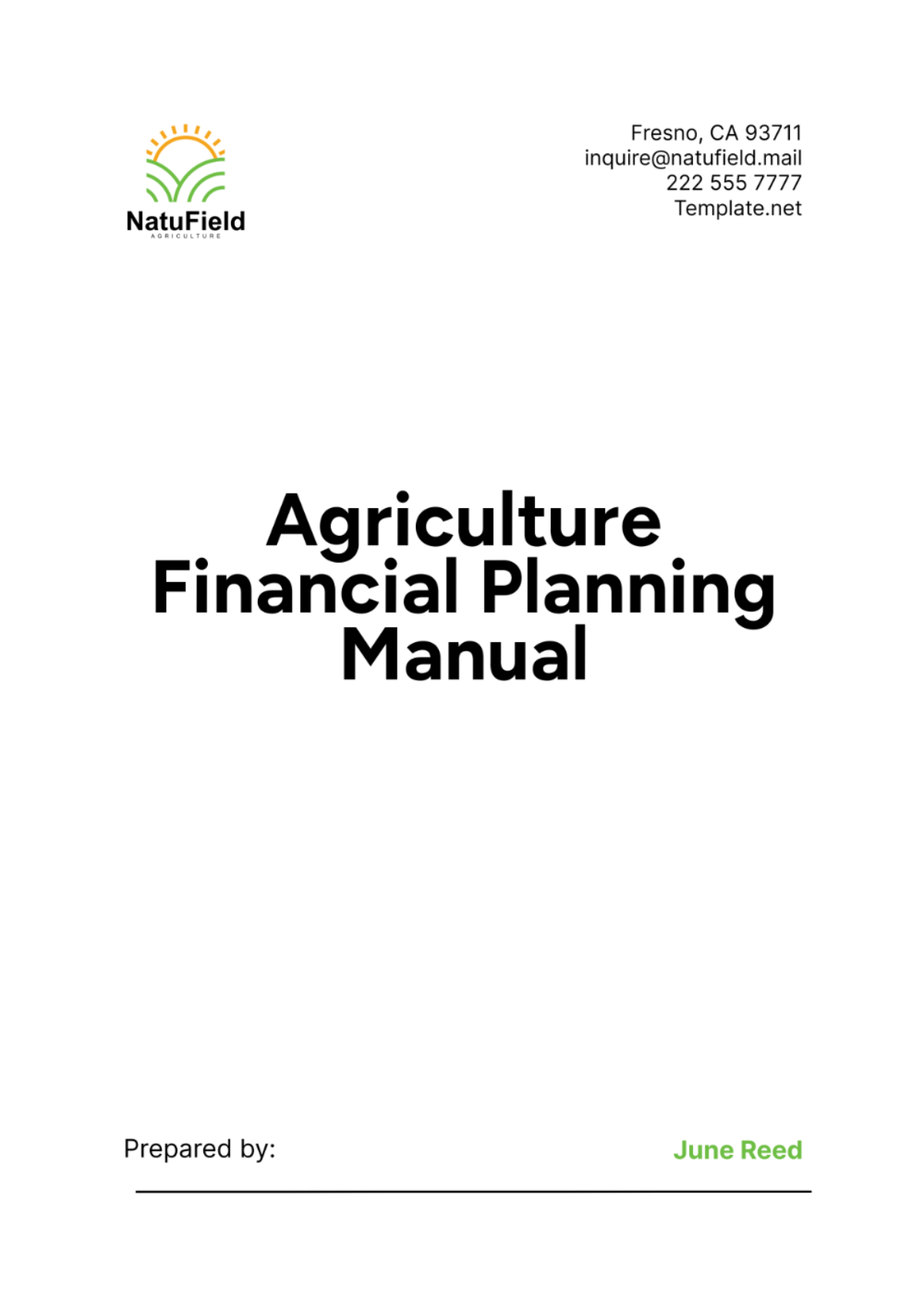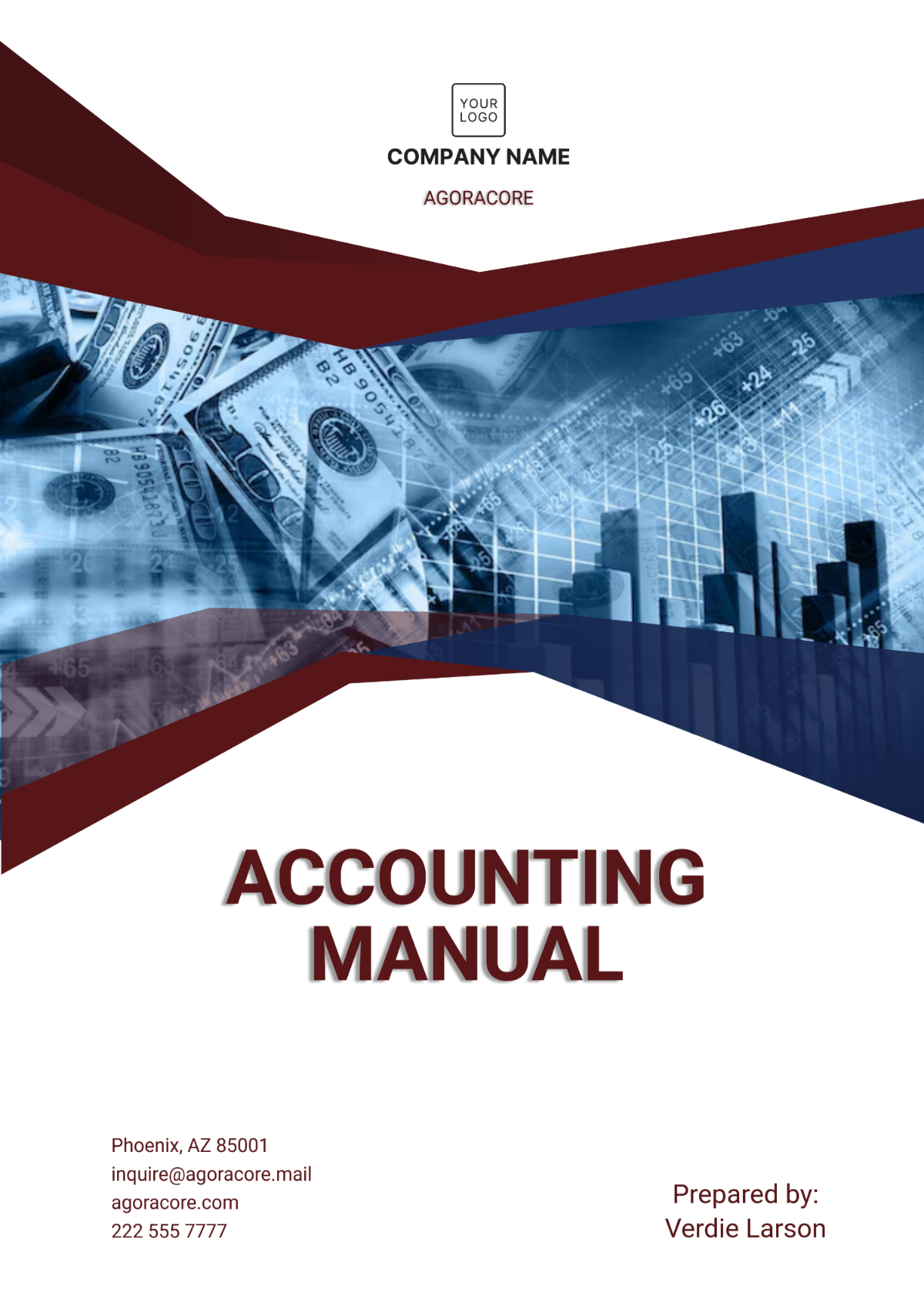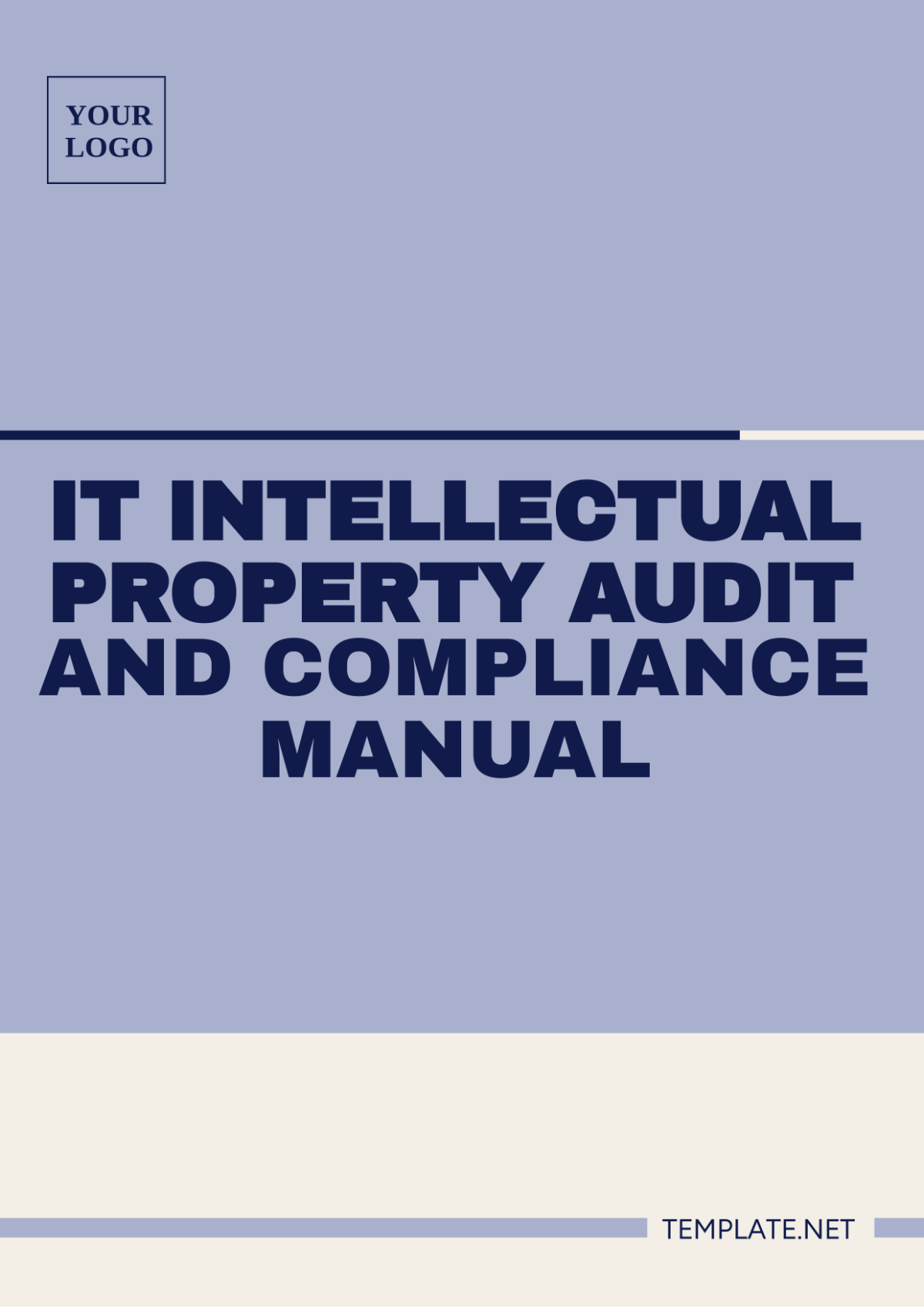Free Financial Cost Saving Manual
Implement effective cost-saving strategies with Template.net's Financial Cost Saving Manual Template. This editable and customizable manual provides comprehensive guidance on reducing financial expenses. Ideal for financial managers, it outlines practical methods for cutting costs, optimizing resource allocation, and boosting overall financial efficiency in organizations of any size.






























